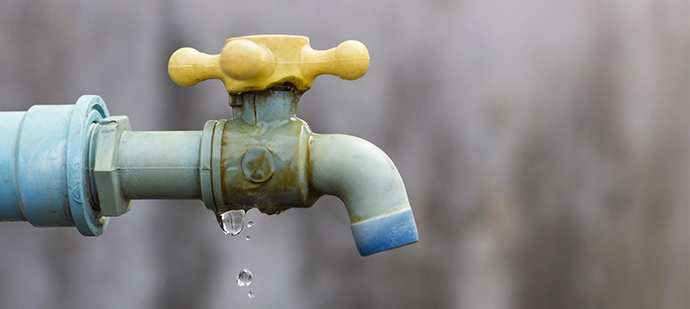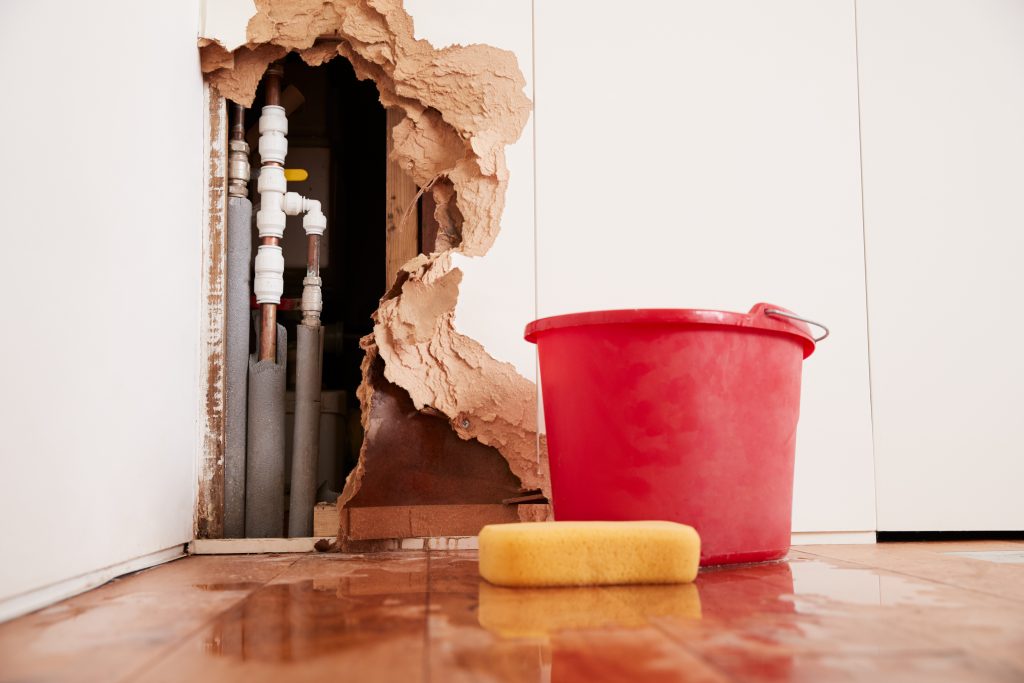Just about every person may have their personal conception with regards to Leaking water lines.

Early discovery of dripping water lines can minimize a potential disaster. Some small water leakages may not be noticeable.
1. Take A Look At the Water Meter
Every house has a water meter. Examining it is a guaranteed manner in which aids you discover leakages. For starters, switch off all the water resources. Make certain nobody will flush, use the faucet, shower, run the washing equipment or dishwashing machine. From there, go to the meter and also watch if it will certainly alter. Since no one is using it, there must be no activities. If it relocates, that shows a fast-moving leak. Likewise, if you discover no changes, wait an hour or more as well as check back again. This implies you might have a sluggish leak that might even be below ground.
2. Examine Water Usage
If you identify unexpected modifications, despite your intake being the exact same, it implies that you have leakages in your plumbing system. An unexpected spike in your costs indicates a fast-moving leakage.
At the same time, a steady boost every month, despite the same routines, reveals you have a slow leakage that's additionally slowly rising. Call a plumber to thoroughly examine your home, especially if you really feel a warm location on your floor with piping beneath.
3. Do a Food Coloring Examination
30% comes from toilets when it comes to water consumption. Examination to see if they are running effectively. Decline flecks of food shade in the storage tank as well as wait 10 minutes. There's a leakage in between the storage tank as well as dish if the color in some way infiltrates your bowl during that time without flushing.
4. Asses Outside Lines
Don't fail to remember to inspect your exterior water lines also. Needs to water permeate out of the link, you have a loosened rubber gasket. One small leakage can lose bunches of water and also increase your water expense.
5. Check as well as Evaluate the Circumstance
House owners ought to make it a habit to examine under the sink counters as well as even inside cabinets for any bad odor or mold development. These 2 red flags indicate a leak so timely attention is required. Doing regular assessments, even bi-annually, can conserve you from a major issue.
If you recognize your home is already old, maintain a careful eye on your heaters, hose pipes, pipelines and so on. Look for stainings and deteriorating as the majority of appliances as well as pipes have a life expectancy. They will certainly likewise naturally weaken because of tear as well as wear. Don't wait for it to escalate if you suspect dripping water lines in your plumbing system. Call an expert plumber immediately so you don't end up with a dreadful mess in your house.
Early detection of dripping water lines can minimize a potential catastrophe. Some little water leakages may not be visible. Examining it is a surefire way that assists you find leakages. One little leakage can throw away loads of water and spike your water bill.
If you suspect leaking water lines in your plumbing system, don't wait for it to escalate.
WARNING SIGNS OF WATER LEAKAGE BEHIND THE WALL
PERSISTENT MUSTY ODORS
As water slowly drips from a leaky pipe inside the wall, flooring and sheetrock stay damp and develop an odor similar to wet cardboard. It generates a musty smell that can help you find hidden leaks.
MOLD IN UNUSUAL AREAS
Mold usually grows in wet areas like kitchens, baths and laundry rooms. If you spot the stuff on walls or baseboards in other rooms of the house, it’s a good indicator of undetected water leaks.
STAINS THAT GROW
When mold thrives around a leaky pipe, it sometimes takes hold on the inside surface of the affected wall. A growing stain on otherwise clean sheetrock is often your sign of a hidden plumbing problem.
PEELING OR BUBBLING WALLPAPER / PAINT
This clue is easy to miss in rooms that don’t get much use. When you see wallpaper separating along seams or paint bubbling or flaking off the wall, blame sheetrock that stays wet because of an undetected leak.
BUCKLED CEILINGS AND STAINED FLOORS
If ceilings or floors in bathrooms, kitchens or laundry areas develop structural problems, don’t rule out constant damp inside the walls. Wet sheetrock can affect adjacent framing, flooring and ceilings.
https://www.servicemasterbyzaba.com/blog/how-to-detect-water-leakage-in-walls/

I was brought to that editorial on Locating water leaks from a good friend on our other site. Sharing is caring. One never knows, you may be doing someone a favor. Thanks for your time. Kindly come by our site back soon.
Schedule Service Pickup